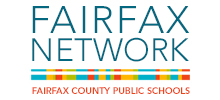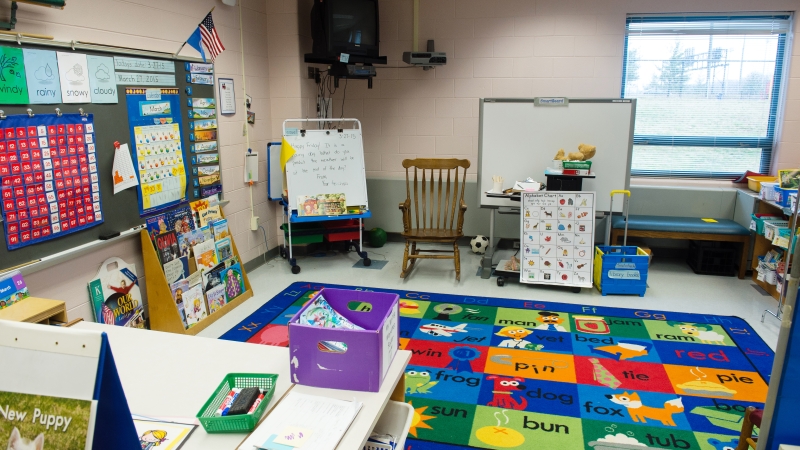
Practices at Work: Checking for Understanding
Practices at Work: Checking for Understanding
Practices at Work are articles from Fairfax County Public Schools Instructional Service Department.
Consider a lesson you taught today. What types of questions did you ask students in order to check for understanding? What did you do when students responded incorrectly? Did you cue, clue, probe, rephrase, or redirect? Did you hold them accountable after?
Use this tool to reflect or plan the questions you ask. Do my questions…
- lead to essential learnings?
- invite a variety of cognitive levels?
- come across in clear language that students understand?
- build student interest?
- reinforce knowledge?
- engage students in dialogue that causes them to think at higher levels?
Strategies in Action: Vocabulary — Jill Zuber, Key Middle School
As a teacher in a paperless classroom, with a content heavy in academic language, the biggest focus is embedding purposeful vocabulary activities in my classroom. As a CLT we collaborate and explore new ways to teach academic vocabulary. Before every unit, we examine our common formative and summative assessments and our unit materials to determine key concepts and peripheral vocabulary terms that are important to understanding the content. We discuss strategies for teaching these words explicitly in our warm-up/exit tickets and as activities in our lessons. One effective strategy is called “Which One”. To create a “Which One” activity, you provide students with the definition of a word and provide an example and a non-example. Students need to decide which example matches with the definition and explain why. Explicit vocabulary has drastically improved students’ understanding of key concepts, allowed for more practice and serves as a non-threatening way of checking for student understanding.
Watch the Best Practices For Teaching and Learning Video Collection on the Fairfax Network YouTube Channel.






